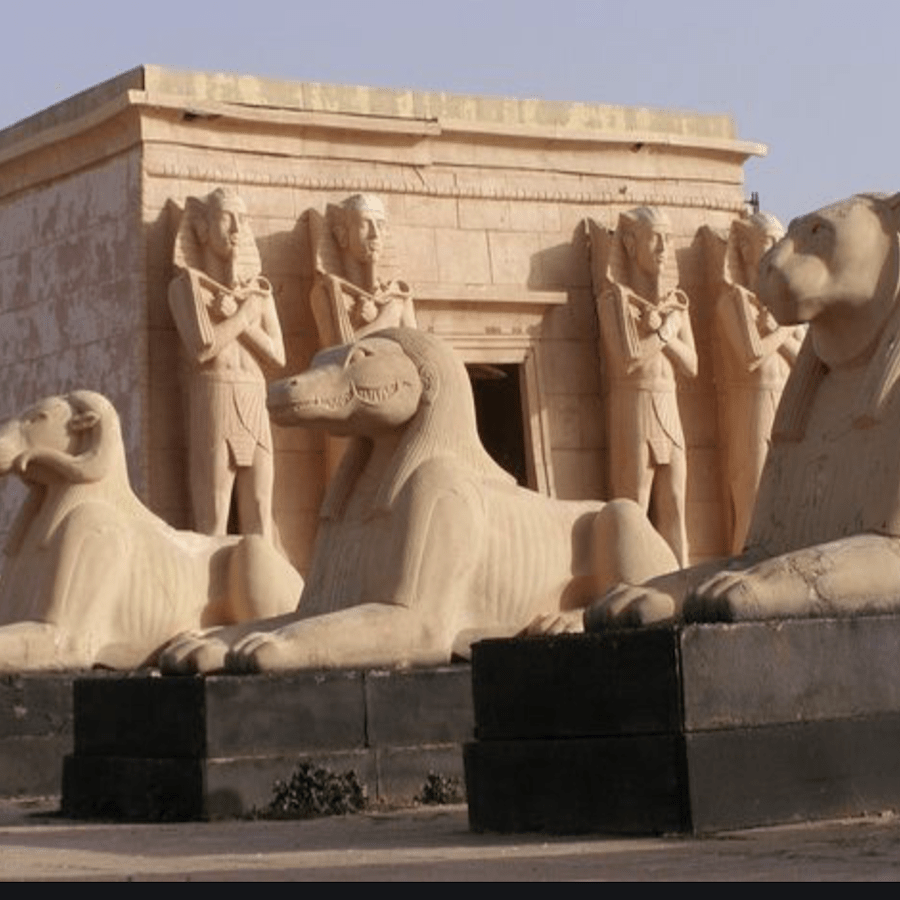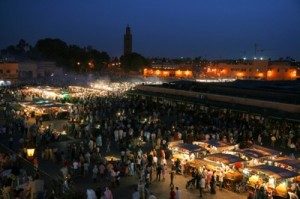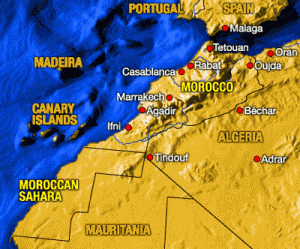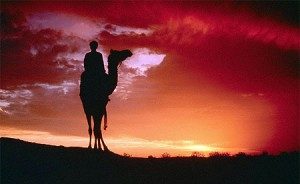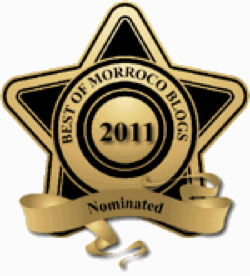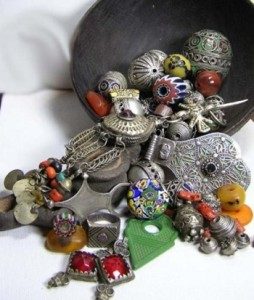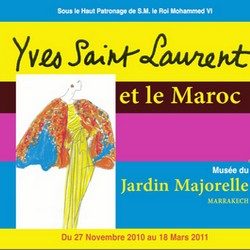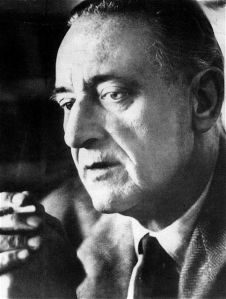Things to do in Ouarzazate. The Top 10 Things to do in Ouarzazate, Morocco is a hot list of activities and experiences that one can do alone, with their spouse or friends and family in the the door to the Sahara Desert. The most popular activities on a Ouarzazate Tour typically included spending time visiting the Oasis of Fint, the many Kasbahs in the region such as Ait Benhaddou Kasbah, Kasbah Tifoultilte, Kasbah Taouirirt, Kasbah Telouet and Kasbah Telouet in the Tizzin’ Tichka Pass. A Sahara Tour from Ouarzazate to the region of Zagora where one can pass through the Draa Valley’s volcanic rock, the old road of Caravans and have lunch with a Berber, Moroccan family is not to be missed. In Zagora or the M’hamid Sahara Desert one can take a 4×4 tour by pise and explore the unique flora and fauna of Morocco’s Sahara region.
Things to do in Marrakech. The Top 10 Things to do in Marrakech, Morocco is a hot list of activities and experiences that one can do alone, with their spouse or friends and family in this majestic “red hamra” city. The most popular activities typically included spending time in and around Marrakech along with a brief departure for a High Atlas Tour or a Sahara Tour.
Give us 10 Days and we will give you 10 Reasons to Visit Morocco. A Trip to Morocco will offer a once in a lifetime experience that is not to be missed! Morocco is a moderate Muslim country in North Africa known for it’s fascinating Imperial Cities, its majestic Sahara Desert, Berber villages, waterfalls, ancient Kasbahs and charming seaside towns. From region to region any Moroccan traveler will be stunned by Morocco’s varied landscapes, its souks, gardens, monuments, mosques, palaces and vibrant street life. Morocco is also a country known for it’s fantastic food and aromatic spices.
New Years Eve in the Sahara Desert is the one of the best ways to experience Morocco and ring in the New Year. Travel Exploration’s 3 Day, 4 Day and 5 Day New Years Sahara Desert Tours depart from Marrakech, Fes and Ouarzazate daily during the holiday season. There’s nothing more charming then sitting around a campfire with family and friends in the Sahara on New Years Eve after you’ve taken a camel trek across the golden dunes and watched the majestic sunset.
Morocco Travel Blog, A Sensual Journey Into Morocco has been nominated for Best of Morocco…
Bead Your Way Through Morocco, Travel Exploration’s Moroccan Jewelry & Bead Treasure Hunting Tour presents it’s Spring, April 2011 Morocco travel itinerary that will take place from April 4th, – 18th, 2011. Bead Your Way Through Morocco will take Moroccan antique and trade bead enthusiasts along with Moroccan jewelry collectors through a variety of Southern Moroccan cities, Saharan Desert Towns, the Seaside city of Essaouira and the Imperial city of Marrakech.
Forty-four fashion creations that demonstrate Yves Saint Laurent’s love of Morocco are currently being showcased at the Majorelle Gardens in Marrakech from November 27th, 2010 – March 18th, 2011. This exhibition at the Majorelle Gardens brings to life haute couture designs inspired by the country he loved. Princess Lalla Salma attended the inauguration ceremony of the ‘Yves Saint Laurent and Morocco’ exhibition that was organized under the patronage of King Mohammed VI. The Princess visited the different shelves and areas of this state of the art exhibition that is sumptuously accessorized and accompanied by a series of pictures documents and sketches.
If you’re planning a Morocco vacation one of the best ways to discover the culture of the Maghreb is to taking a cooking class or a private, cooking course in Morocco’s Imperial Cities of Marrakech and Fes or consider a Moroccan culinary tour. Marrakech and Fes offer some of the Morocco’s best cooking classes as a result of their subculture and history of fine cuisine alongside being able to lay claim to some of the best restaurants in Morocco.
Some of the best Morocco Holiday Vacations are those spent on an unwieldy adventure. Travel Exploration Morocco offers many holiday vacation opportunities that range from ancient Imperial city tours to majestic nights in the Sahara Desert Tours, a regional visit of Southern Morocco’s Valley of Nomads, Mount Mgoun and Draa Valley region along with customized cuisine tours and private dining experiences at some of Morocco’s best restaurants. Planning a Morocco Holiday Vacation for the Christmas or New Years is easy when using the private Morocco tour services of a Morocco travel agency.
“Ouarzazate has one main street, about fifty yards long, and two thousand people, of whom two hundred are French. The temperature can reach 110 degrees Fahrenheit in the summer. ” So says world-renowned journalist John Gunther in 1952, of his visit to Ouarzazate, during the reign of the Pasha Glaoui, whose honored guest he was.

